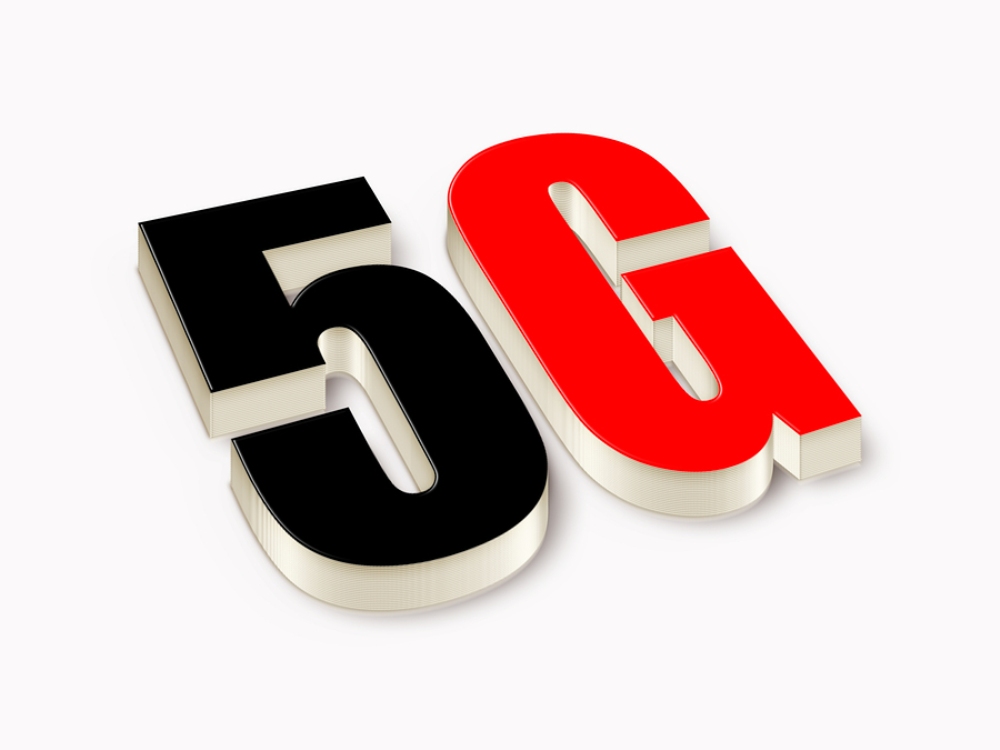How Data Centers Are Preparing for 5G, IoT

5G is coming soon. The Internet of Thing continues to proliferate. And even more IoT applications will be enabled via the arrival of 5G.
So, there’s lots of data moving around data centers and networks today. Cisco reports that global data centers saw 5 zettabytes of data in 2016 and that is expected to exceed 10 zettabytes next year.
All these new applications, devices, and traffic call for data centers and networks to work faster and better. It’s prompting some data center operators to embrace technology that supports 100G and beyond and leaf-spine architectures, notes Heavy Reading analyst Roz Roseboro.
Roseboro comments that “forward-thinking data center operators are adopting leaf-spine architectures to support high levels of East-West data center traffic.” That’s more efficient than tree-tier setups, she says. But it increases the number of connections that need to be tested and managed. That’s because leaf-spine involves servers connected to top-of-rack switches via copper, and those switches and the leaf-spine switches connect via single-mode fiber.
She also notes the migration from 10G to 100G – and eventually even to 200G-400G. As I wrote earlier this week, 100G is already being used in select enterprise applications, for collocation, and to prepare for the arrival of 5G.
"25GbE and 100GbE data center switch adoption is already experiencing exponential growth, with port shipments currently in the hundred-of-thousands per quarter," said Seamus Crehan, president of Crehan Research. "Volumes would likely be even higher if it weren't for pockets of supply constraints in certain areas, such as the optical transceivers that uplink and connect many of these switches."
Web-scale companies are putting price pressure on optical component suppliers, adds Roseboro. She says that’s resulted in some vendors delivering more stripped down solutions.
“This can be somewhat risky, as these products become less intelligent as a result,” she says. “To mitigate this risk, operators need to ensure that they can conduct rapid pass/fail tests on these connections, and that cleanliness of optical connectors is the norm everywhere.”
Edited by Mandi Nowitz

